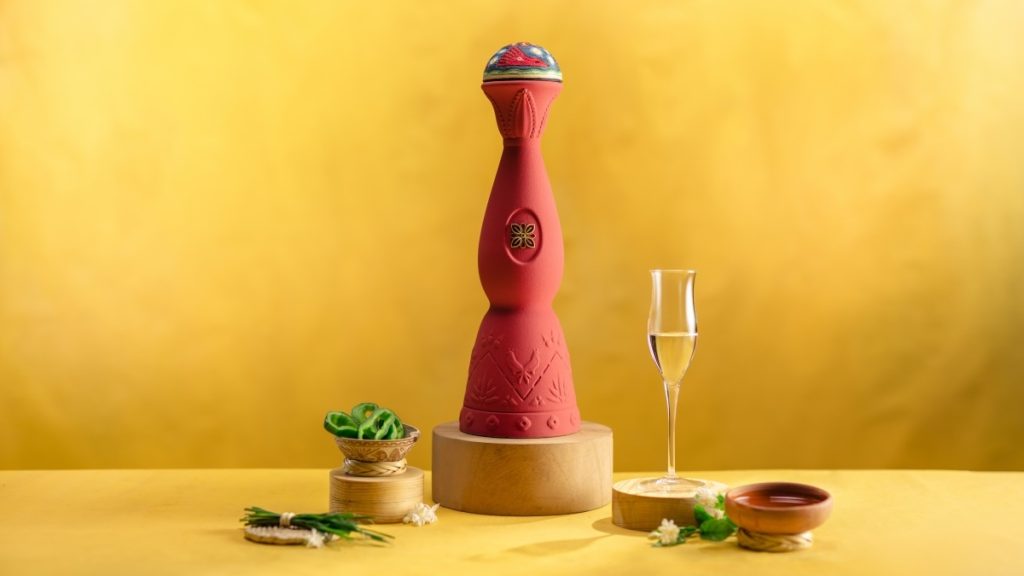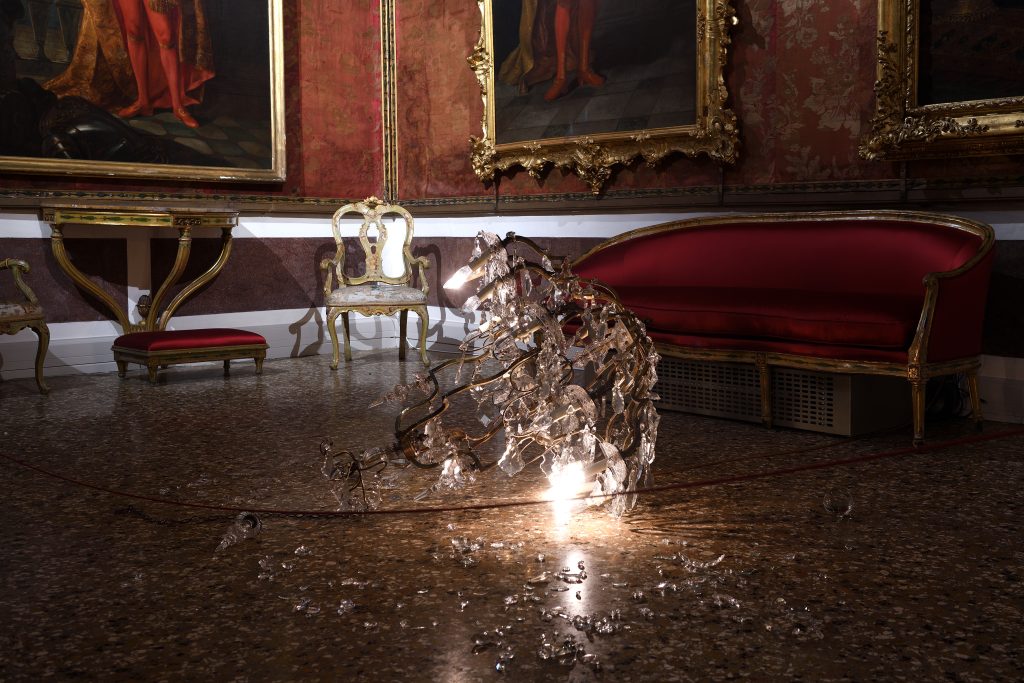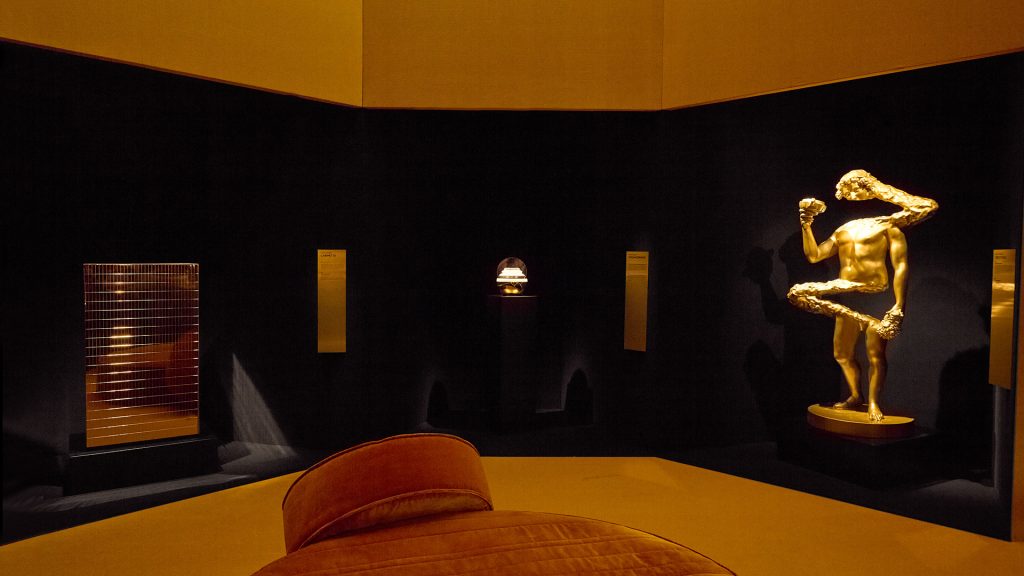Austria’s 900-Year-Old Weingut Stift Klosterneuburg
The nation’s oldest winery became Europe’s first carbon-neutral one

Driving north from Vienna‘s city center, it’s easy to spot the twin bronze domes and, beyond them, the church spires of Stift Klosterneuburg, a 12th-century Augustinian monastery perched on a hilltop overlooking the Danube River. While the vistas from the monastery are as edifying as you might expect, the views it offers into the world of Austrian wine are even more so. Founded in 1114 by the Order of the Augustinian Canons, Stift Klosterneuburg is the home of Austria’s oldest winery (“weingut” in German). Viticulture and winemaking have been an integral part of Stift Klosterneuburg since its earliest days, and in the more than 900 years since, Weingut Stift Klosterneuburg has provided sustenance to the monastery while serving as a vital conduit to the outside world.
At the winery’s “vinothek,” managing director Wolfgang Hamm explains that the business model (a kind of sacred-meets-secular joint venture) has remained unchanged since the early 1100s. “Hundreds of years ago, it was employees who made the wine, supervised by an Augustine canon,” he tells us. “Monks joined Klosterneuburg to work as priests, not as winemakers or viticulturists. My boss is an Augustine canon who I meet with every Monday and discuss everything that’s going on in the winery.”
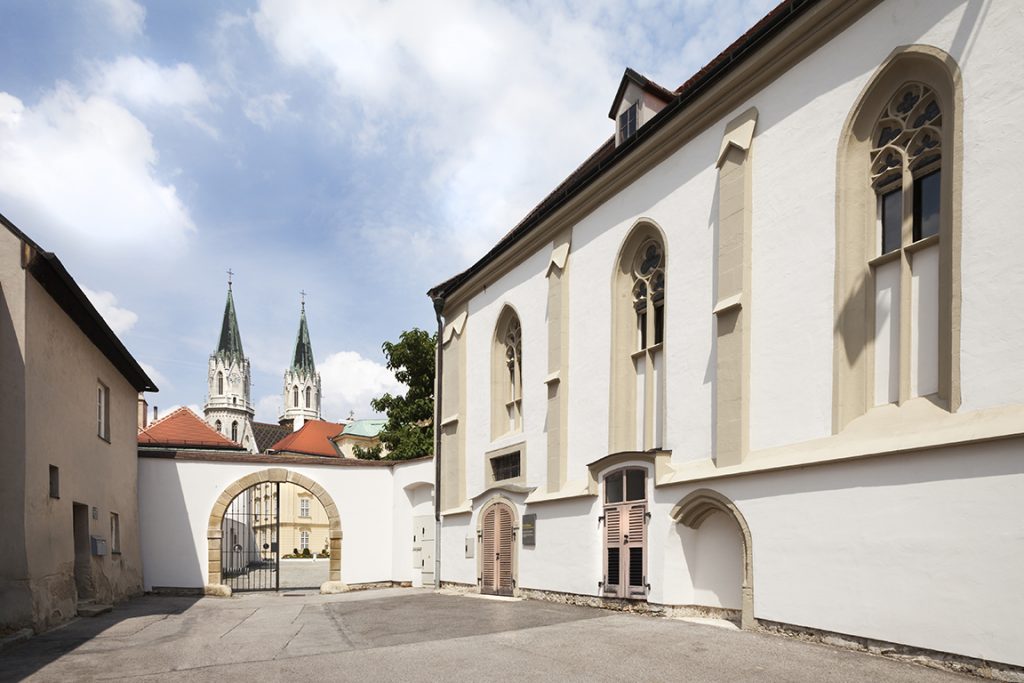
“The winery supports the abbey financially, but it’s also an important point of contact for many people, because our wine bottles travel through the whole world bearing the name of Stift Klosterneuburg, and being a first, and hopefully positive contact for many people who might visit the church and the monastery. The winery is an important part of the monastery in an almost spiritual sense,” he explains. “It’s much more than just a business asset. Emotionally, it means much more.”

As we descend the final stone steps into Stift Klosterneuburg’s deepest cellar, 118 feet beneath the monastery, full of barriques, the air feels cooler and drier—and remarkably fresh. This is the result of a double-wall design by Donato Felice d’Allio, an Italian architect and master builder who worked extensively at Stift Klosterneuburg and elsewhere in Austria during the Baroque period.

While the winery embraces outside expertise, it’s remarkably self-sufficient when it comes to the production of its raw materials, like the oak grown on Stift Klosterneuburg’s property in the Weidling Valley, which it uses to make its barriques. Its greatest asset, however, is the land it’s acquired over the past near-millennium in four distinct wine-growing regions: Klosterneuburg, Vienna, Tattendorf and Gumpoldskirchen. The diversity of these holdings and the quality of the vineyard sites enables the winery to produce an array of wines (among them, a number of Lower Austrian indigenous varietals) from grapes grown under the most optimal conditions.
In Klosterneuburg, the deep and fertile calcareous soils of the Jungherrn vineyard (which has been cultivated continuously since 1114) are ideally suited for Pinot Blanc (aka Weissburgunder). The single-vineyard Jungherrn Weissburgunder is dry, with an elegant impression of sweetness, a fine, focused acidity, and notes of pineapple, apple and dried fruits.
Stift Klosterneuburg also owns prime real estate on the Nussberg, a gently sloping hill on the northern side of the city, where it cultivates the typical Viennese white grape varieties (Grüner Veltliner, Welschriesling, Riesling, Weissburgunder, Chardonnay, Gewürztraminer and Muskateller) that are used to make a field blend called Gemischter Satz. While one can find some rather elegant Gemischter Satz wines these days, they’re more typically simple—the sort of thing served in pitchers at Viennese taverns, known as Heurige. Stift Klosterneuburg’s is of the latter type: uncomplicated, with an apple bouquet and pleasantly tart notes of peach and apricot on the palate.

Some 25 kilometers southeast of Vienna, the village of Tattendorf is the primary growing region for the red wine grape St Laurent, a member of the pinot family first brought to Austria from France by Stift Klosterneuburg in the mid-19th century. There, in the Stiftsbreite vineyard, the vine roots dig deep into the chalky gravel soil, while the sun and the heat—dispersed by the gravel in the nighttime—ripens the grapes to perfection. While Stift Klosterneuburg’s 2016 St Laurent Ausstich is highly enjoyable, the Grosse Reserve is a stunner. Made only in exceptional years, it is big-bodied and deep ruby-red, with a bouquet of red raspberry, spice and marshmallow—and a beguilingly complex flavor with elements of ripe black cherry, forest berries, clove and anise.
In addition to the vineyard sites, the quality of Stift Klosterneuburg’s wines can also be attributed to the way they’re tended. Though not certified as organic (because of a minimal use of fungicides), the winery’s current generation of vignerons follow the path set by their predecessors. Rather than using chemical fertilizers, Hamm explains, they maintain the humus content by recovering the grape pomace from the winery, composting it, and returning it to the vineyards. Cover crops, meanwhile, enhance the vineyards in numerous ways. Legumes like vetch are used to transfer nitrogen from the air to the soil, and to attract beneficial insects. The roots of oil radish, meanwhile, loosen the soil in vineyards where it is particularly dense and prone to compaction. At the end of their lives, the cover crops are mulched to add yet more organic material to the soil.
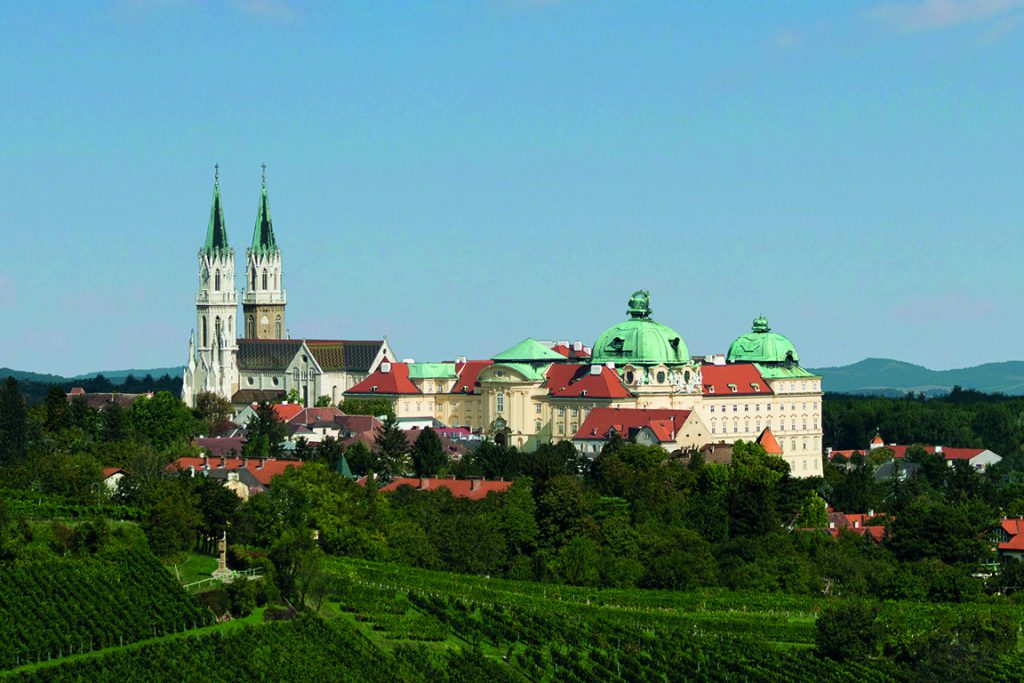
It’s easy to get carried away in Stift Klosterneuburg’s history and traditions, but it’s also future-forward: a decade ago it became the first carbon-neutral winery in Europe by installing a system that recuperates the heat generated by fermentation, building a biomass power plant that supplies all of the winery’s energy needs, and investing in a hydroelectric plant in India. In order to be neutral, Hamm explains, “You need to invest in a way that takes carbon dioxide out of the system, and for the world climate, it doesn’t matter where it’s reduced.”
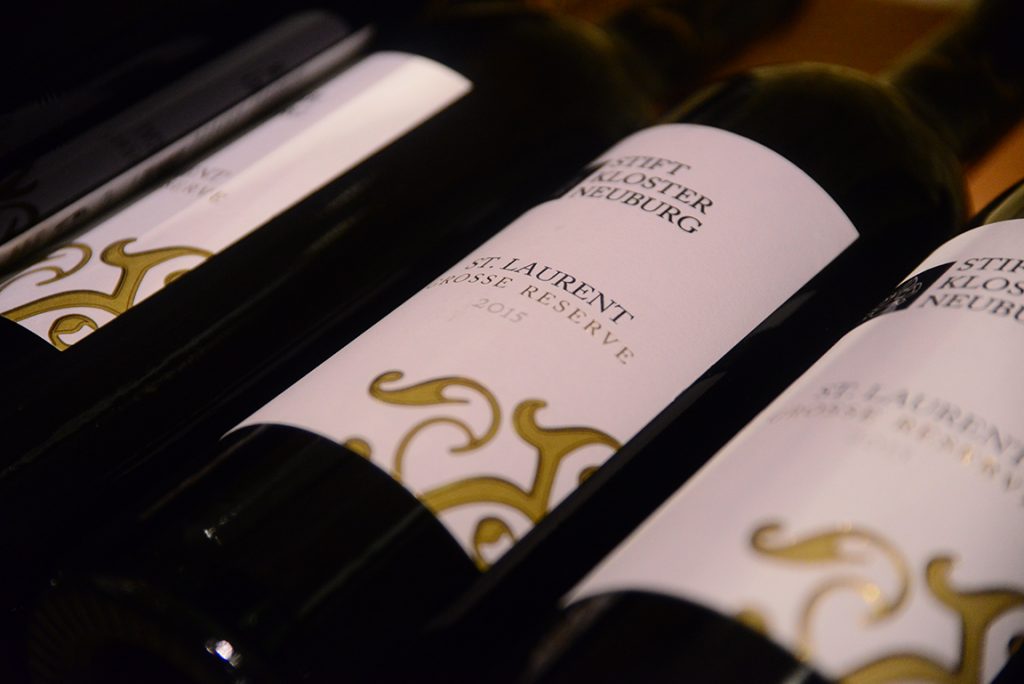
Perhaps an understanding of the value of sustainability is innate when you’ve been growing grapes in the same vineyards since the Middle Ages. For those still struggling with the concept, we recommend a well-chilled Stift Klosterneuburg Weissburgunder Jungherrn. The 2017 is a particularly nice vintage.



